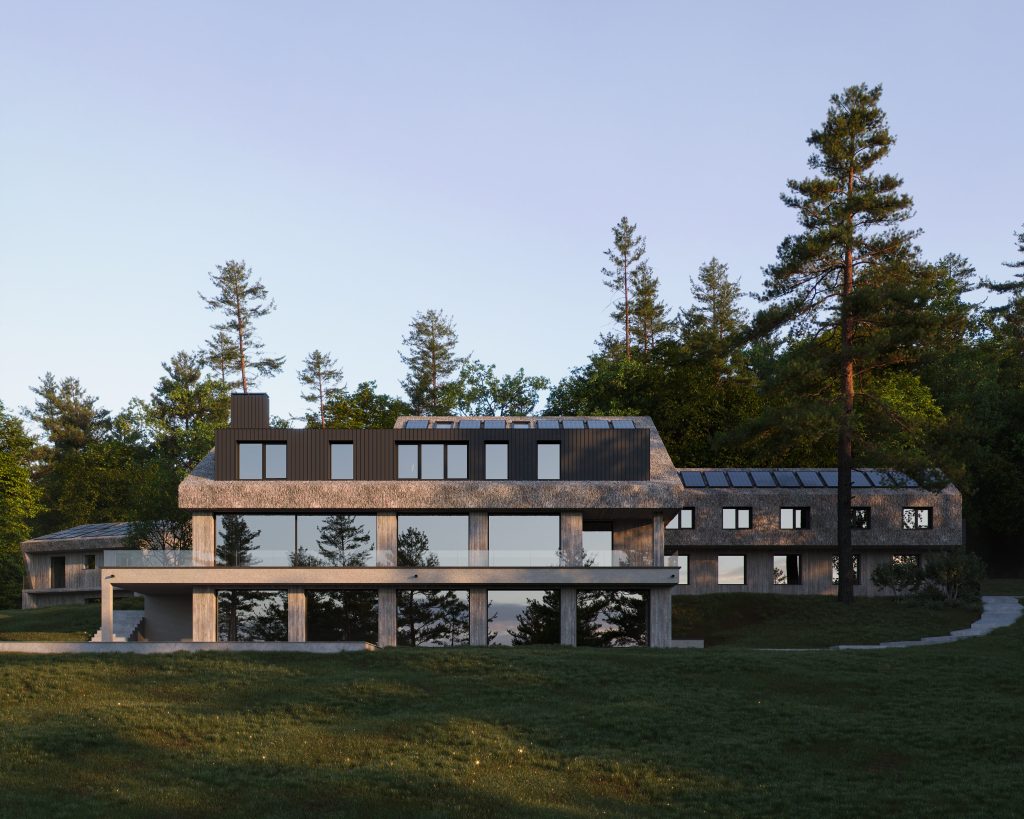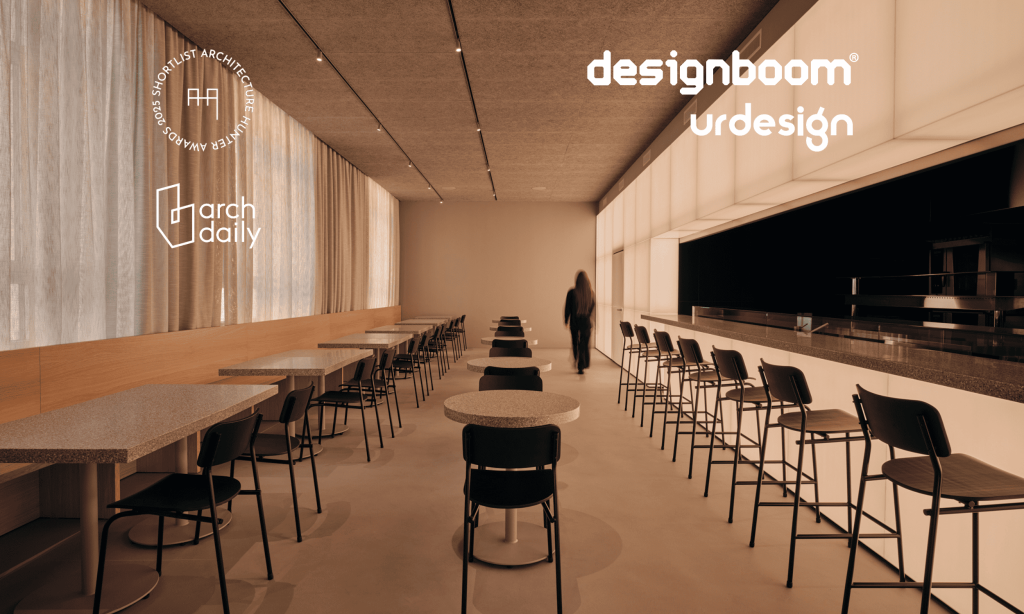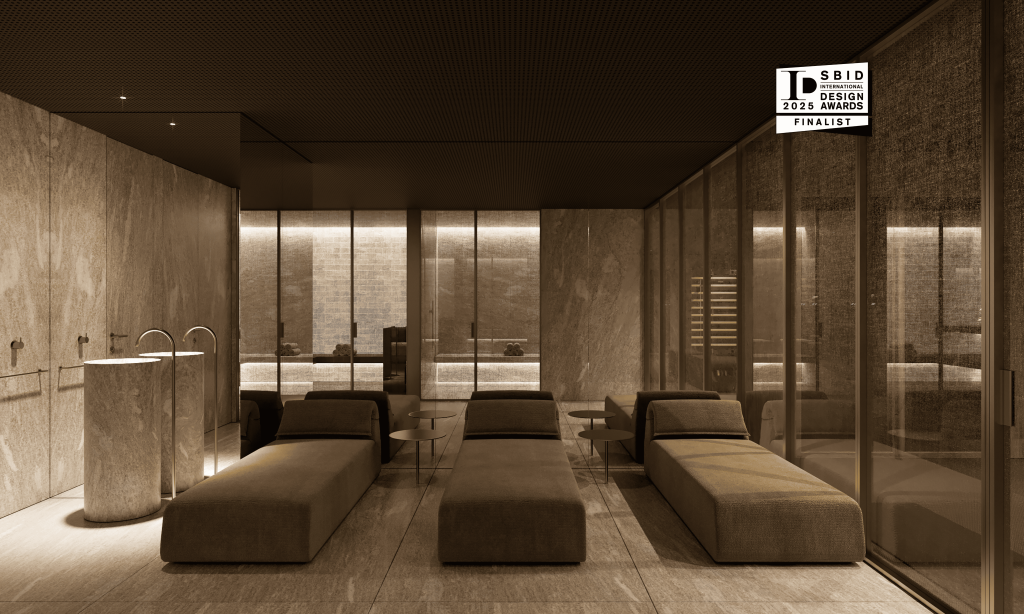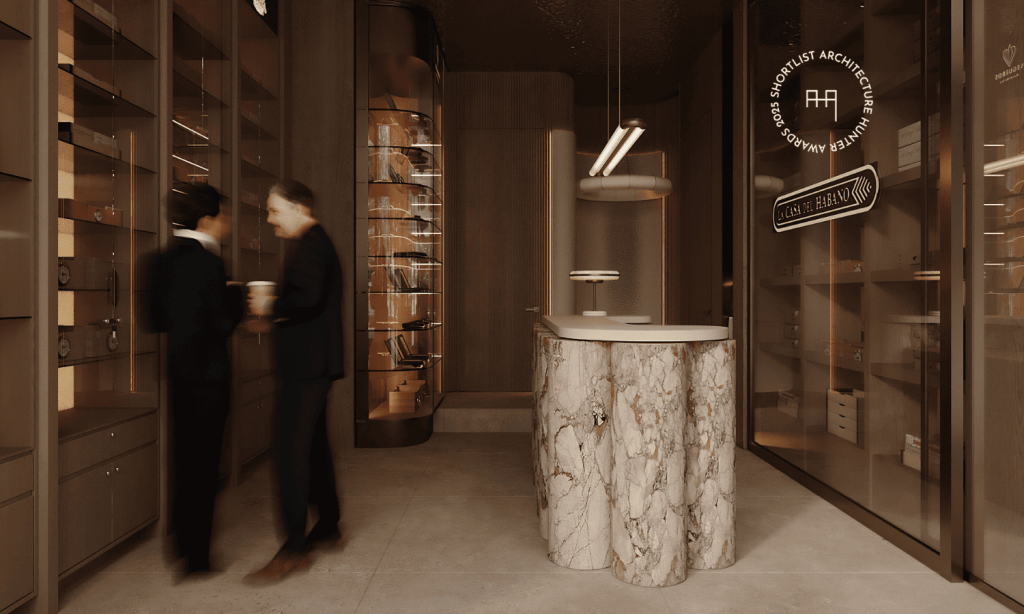Types of Lines in Interior Design
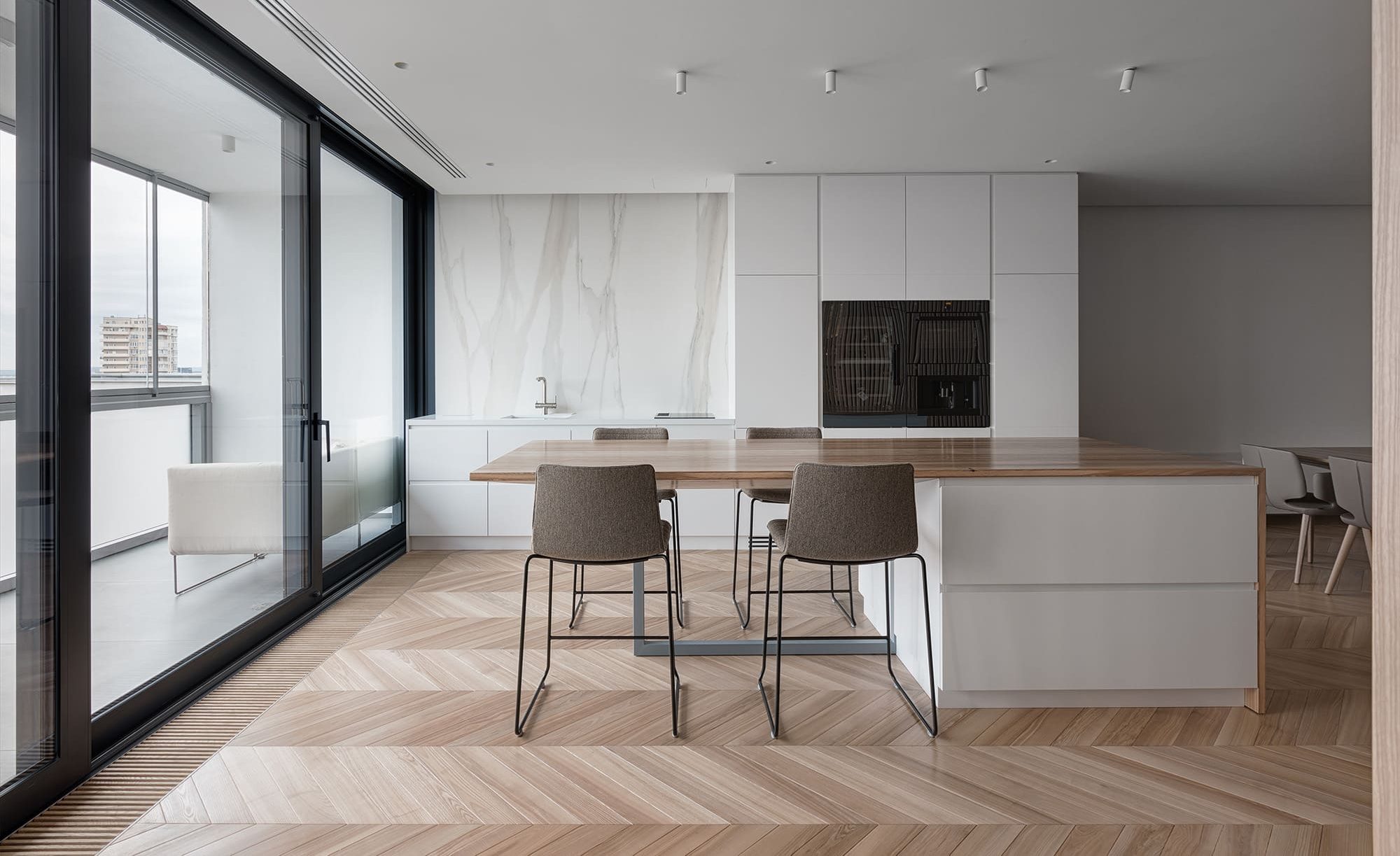
Lines are fundamental interior design elements that influence the overall look, feel, and functionality of a space. They can define shapes, create patterns, and guide the eye through a room. Understanding the various types of lines and how they are used can help designers achieve specific aesthetic and functional goals. In this article, we delve into the different types of lines in interior design and their visual impact on design.
Significance of Form in Interior Design
Understanding the diversity of forms in interior design unlocks a world of creative expression and functionality. Each shape, whether angular or curved, communicates a distinct mood and character within a space. Angular forms suggest stability and structure, providing a sense of order and definition to a room. On the other hand, curved forms impart fluidity and softness, fostering a more organic and inviting atmosphere. These varied forms serve as foundational elements in interior design, influencing everything from furniture selection to spatial arrangement and enabling designers to craft environments that seamlessly blend aesthetics with practicality.
1. Vertical Lines
Vertical lines are synonymous with strength, stability, and aspiration. They are particularly effective in rooms with low ceilings or narrow dimensions, where they can visually expand the perceived height and enhance the overall architectural presence.
Key characteristics:
- Height Perception: They create an illusion of height, making rooms feel more spacious and airy.
- Architectural Detail: Found in elements like columns, doorways, and tall windows, vertical lines enhance structural integrity and visual impact.
- Space Division: Used to separate areas in open floor plans or create visual partitions.

2. Horizontal Lines
Horizontal lines convey tranquility, stability, and a sense of groundedness within interior design. They emphasize width and create a feeling of relaxation and openness.
Key characteristics:
- Width Emphasis: Horizontal lines emphasize the breadth of walls, furniture, and architectural elements, contributing to a balanced and harmonious layout.
- Casual and Informal: Commonly found in furniture such as tables, shelves, and beds.
- Connection to Nature: Mimicking the horizon line, they evoke a serene and natural ambiance, fostering a sense of peace and relaxation.

3. Diagonal Lines
Diagonal lines introduce dynamism, movement, and visual intrigue into interior design. They are characterized by their slanted direction, adding energy and directionality to spaces.
Key attributes:
- Dynamic Movement: They create a sense of movement and flow, guiding the eye along a visual path and injecting vitality into static environments.
- Dramatic Effect: They introduce a dramatic flair and modern aesthetic, ideal for contemporary and avant-garde interiors.
- Spatial Illusion: Strategically used diagonal lines can create the illusion of depth or height, enhancing spatial perception and visual interest.
Diagonal lines are often employed in feature walls, geometric patterns, and architectural elements to infuse spaces with a sense of excitement, spontaneity, and artistic expression.
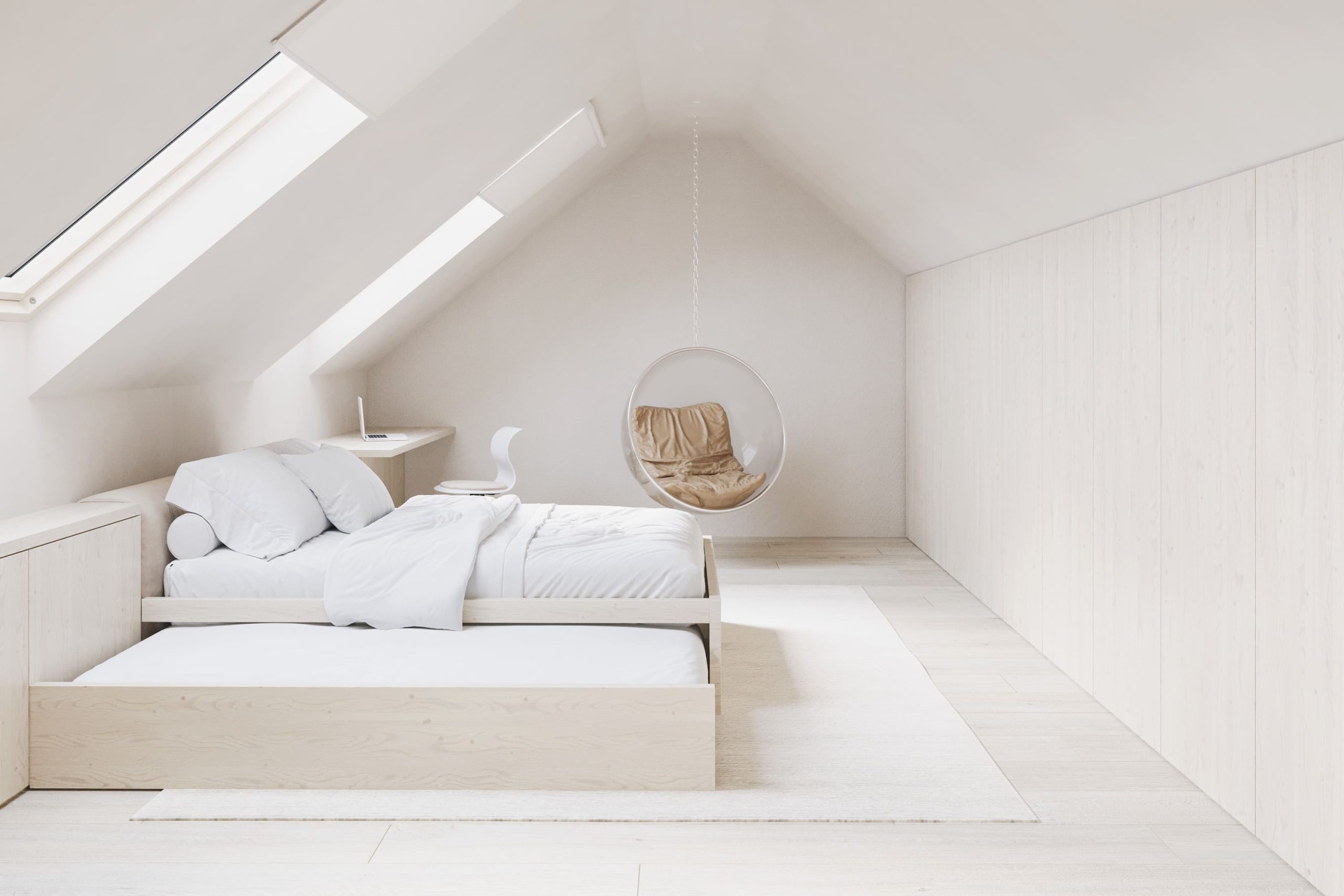
4. Curved Lines
Curved lines, also known as organic lines, are soft and fluid, imparting a sense of grace, elegance, and natural flow to interior spaces. They contrast with the straight lines, adding visual interest and softening architectural edges.
Key characteristics:
- Softness and Fluidity: Curved lines soften the overall look and feel of interiors, creating a gentle and welcoming atmosphere.
- Elegance and Sophistication: They add a touch of refinement and elegance, suitable for creating luxurious and comfortable living environments.
- Organic Inspiration: Mimicking natural forms and shapes, curved lines establish a harmonious connection with the environment, fostering a sense of tranquility and balance.
Curved lines are commonly integrated into furniture design, architectural arches, and decorative elements to enhance comfort, aesthetic appeal, and spatial harmony within interior settings.
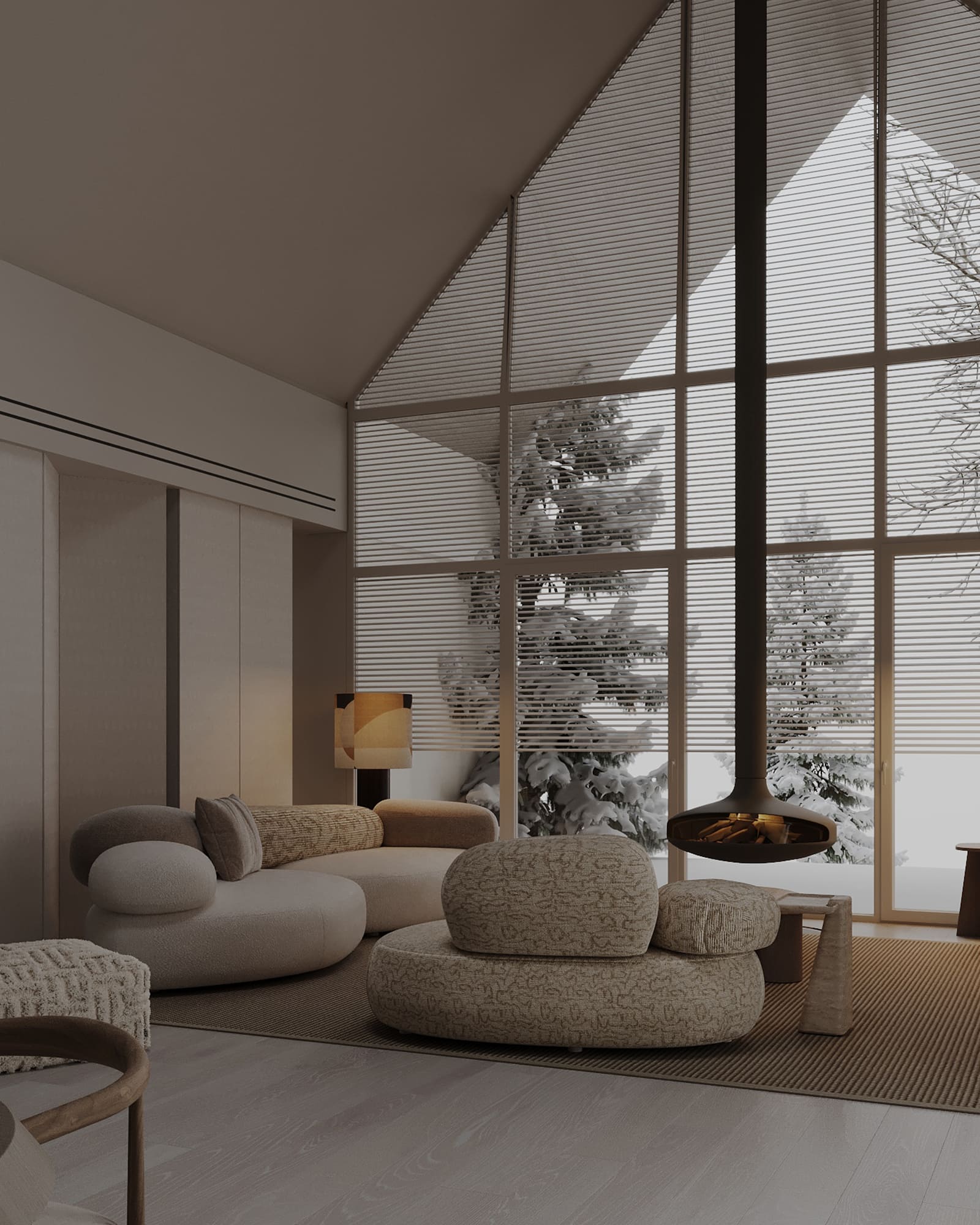
5. Angular Lines
Angular lines are defined by their sharp, precise edges and geometric shapes, imparting a sense of structure, order, and modernity to interior design. They are characterized by their distinct corners and intersecting lines, creating a bold and architectural aesthetic.
Key attributes:
- Sharpness: Angular lines emphasize clear boundaries and defined shapes, contributing to a contemporary and minimalist design ethos.
- Modern Aesthetics: They are integral to achieving a sleek and sophisticated look, favored in urban lofts, industrial spaces, and modern residences.
- Architectural Detailing: Often found in the edges of furniture and architectural features, they add visual interest and architectural significance.
Angular lines offer a sense of clarity, precision, and visual impact, making them ideal for creating structured and visually compelling interiors that exude modernity and architectural flair.

6. Broken Lines
Broken lines are characterized by their irregular, interrupted, or fragmented forms, adding visual complexity, dynamism, and artistic expression to interior design. They defy traditional symmetry and continuity, offering a sense of movement and unpredictability.
Key characteristics:
- Artistic Expression: Broken lines are utilized in abstract art, asymmetrical patterns, and avant-garde design compositions to evoke creativity and individuality.
- Visual Diversity: They break away from monotony and conventional design norms, introducing dynamic contrast and visual intrigue.
- Playful Aesthetics: They create a sense of whimsy, spontaneity, and artistic freedom within interior spaces, encouraging creative exploration and personal expression.
Broken lines are versatile and adaptable, allowing designers to create unique, personalized environments that reflect individual style, creativity, and artistic sensibilities.

Applying Line Types in Interior Design
Understanding the characteristics and uses of different types of lines allows designers to create cohesive and visually appealing interiors.
Consider the following principles:
- Balance: Achieve visual harmony by balancing various types of lines within a space, ensuring a cohesive and unified design concept.
- Emphasis: Use lines strategically to emphasize focal points, highlight architectural features, or guide the flow of movement within a room.
- Functionality: Consider how interior design lines can enhance the functionality and practicality of a space, improving spatial organization and usability.
- Personal Style: Express personal taste and preferences by creating spaces that resonate with individuality and aesthetic sensibilities.
Conclusion
Lines are powerful tools in interior design that go beyond mere decoration. They define spaces, create visual interest, and evoke emotional responses. Whether aiming to create a sense of height, add drama, or soften the interior, each type contributes uniquely to the overall design concept.
By mastering the use of different types of lines, designers can craft interiors that not only fulfill functional requirements but also resonate with style, personality, and purpose. Ultimately, understanding and applying design principles of lines allows for limitless creative possibilities in shaping spaces that are both beautiful and functional.


